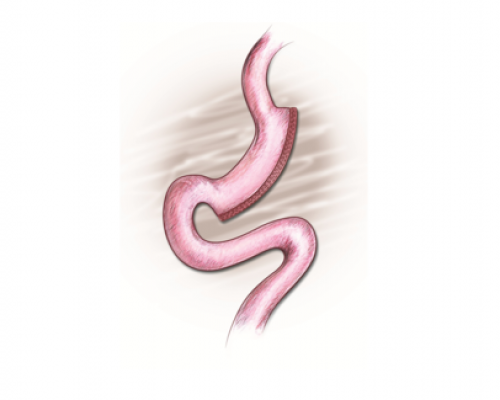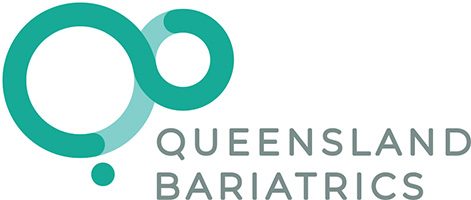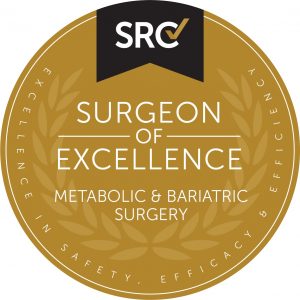As with all surgery there are risks associated with a sleeve gastrectomy. Listed below are the most common risks as general information, please as Dr Blair Bowden at the time of your consultation about these risks if you have any particular concerns.
Bleeding – Bleeding can occur in roughly 1 in 200 patients. Post-operative bleeding is rare and may require a blood transfusion and occasional re-operation.
Leaks at the staple line – This is the most serious complication of sleeve gastrectomy. It occurs in roughly 1 in 400 patients. If this complication occurs the length of stay in hospital can be extended to weeks or potentially months after surgery. This can be a life-threatening problem, the main days of concern are within the first two weeks of surgery, however it can occur up to a month post operatively. This is why we ask patients to have a liquid diet for the first two weeks following surgery to try to minimize this risk. Treatment following a leak may include but not limited to further surgery, endoscopic treatment, antibiotics and prolonged hospitalization and rehabilitation.
Infection – This may require treatment with antibiotics and occasionally re-operation.
Wound issues – People with a higher weight are at a higher risk of complications involving wound infections, haematomas (large bruises) and poor wound healing.
Damage to organs – Any keyhole procedure can be complicated by unintentional injury to the organs near the area of operation. This may require a repeat operation to repair the damaged organs. The risks associated are at about 1 in 3000
Blood clots – Deep Venous Thrombosis (clots in the veins) and pulmonary embolus (clots in the lungs). Please inform the clinic if you have history or family history of DVT or PE. Patients will be asked to sit out of bed and walk on the day of surgery to reduce these risks.
Pneumonia/chest infection – With any surgery it is important to walk and mobilize to expand your lungs post operatively to avoid these complications.
With successful weight loss there can be development of gallstones in 20% of patients. If the gallstones cause pain the patient may require a further operation to remove the gallbladder.
The sleeve gastrectomy procedure is permanent and irreversible.
Inadequate weight loss or weight regain can happen in approximately 20% of patients and is usually associated with a higher than ideal intake of soft, high calorie foods. It is important to eat a healthy diet long term and avoid snacking.





